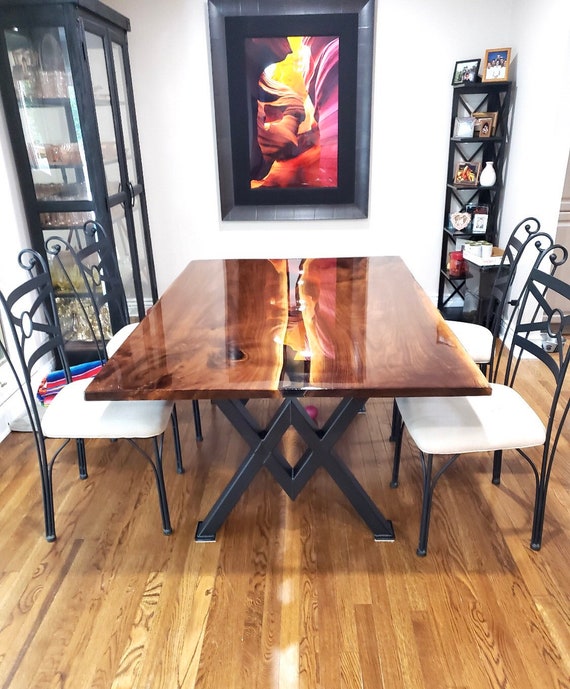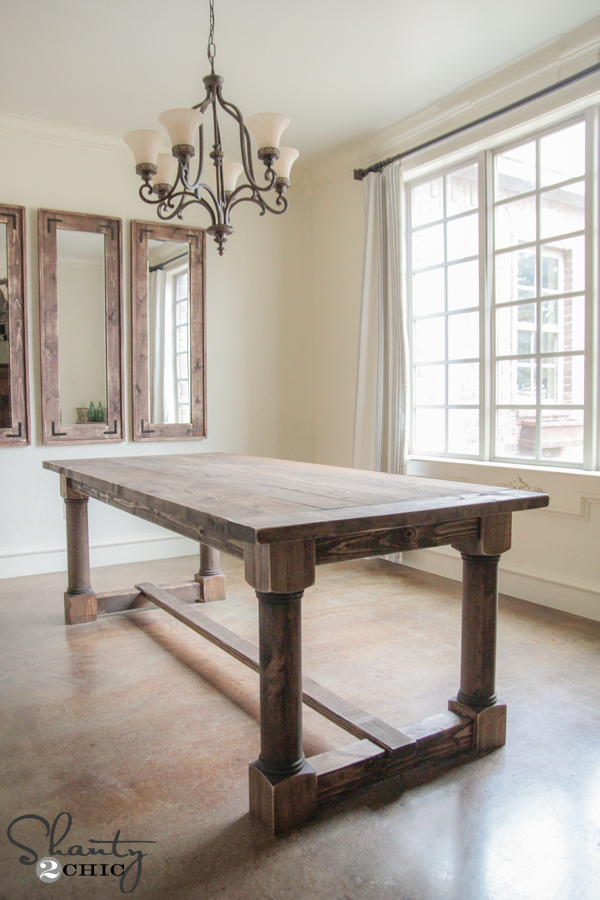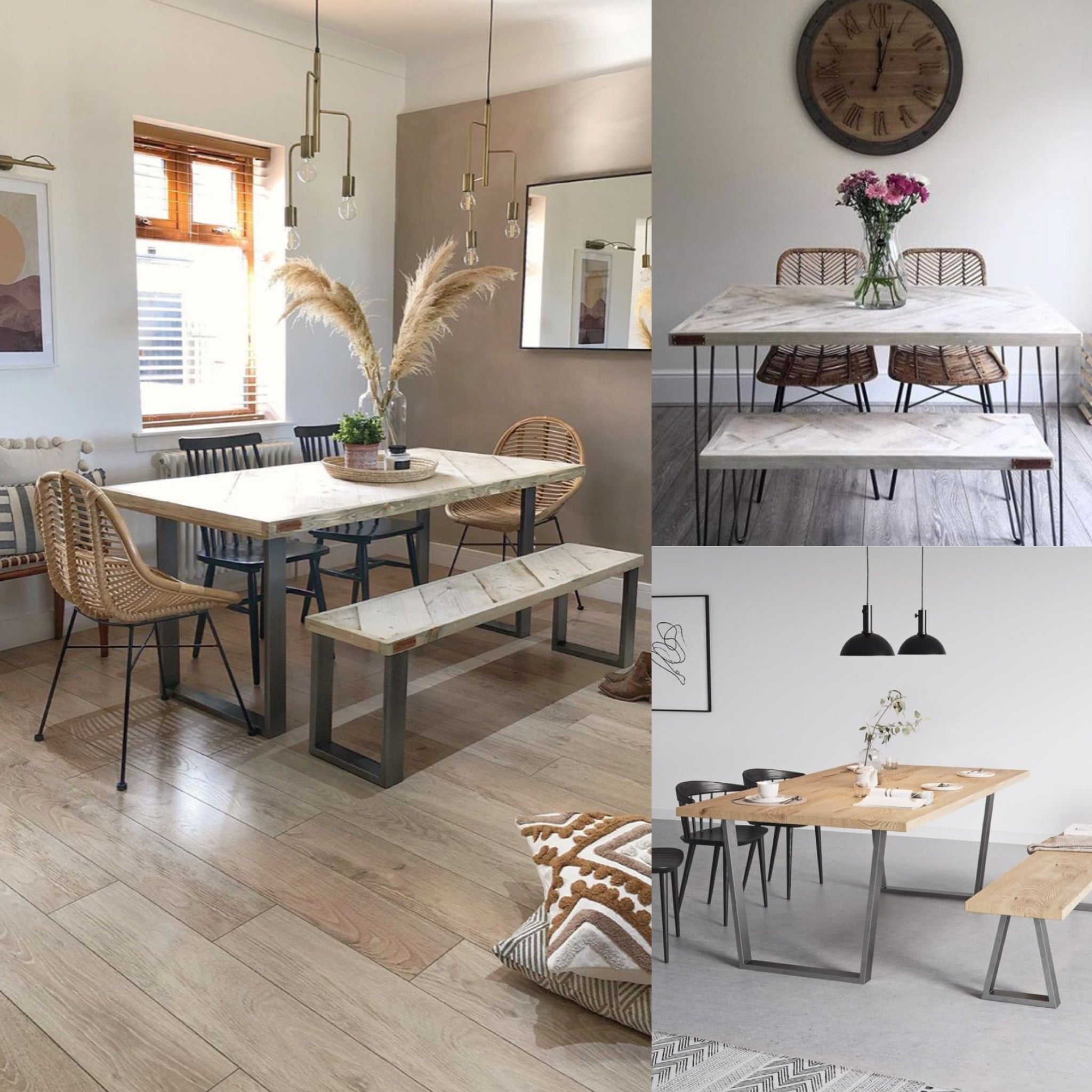How to Pick the Perfect Dining Area Table Legs for Your Home Decor
Selecting the optimal dining room table legs is a nuanced procedure that needs careful consideration of various elements, including your space restrictions, visual preferences, and sensible demands. The interaction in between materials, measurements, and styles can significantly affect the setting of your dining area, making it essential to approach this choice carefully.
Assess Your Eating Room
Analyzing your dining room is essential for picking the right table legs that complement both appearances and capability. Begin by measuring the measurements of your dining location, including ceiling elevation, floor area, and distance to various other furniture. This info will help determine the proper size and elevation of your table, which straight affects the option of table legs.
Following, think about the design and design of your dining area. As an example, an open-concept style may gain from table legs that provide aesthetic lightness, such as slim metal or acrylic choices. Alternatively, a much more traditional setting might require sturdy wooden legs that give a sense of durability.
Assess the existing color palette and products in your eating location. Harmonizing the table legs with these aspects produces a natural look that improves the overall design.
Inevitably, a comprehensive analysis of your dining space will guide you in making a notified decision, guaranteeing that your table legs not only improve the aesthetic allure but likewise offer useful purposes.
Consider Your Design Preferences
When choosing dining area table legs, it is important to mirror on your individual style choices, as they considerably affect the total visual of your eating room. Your choice of table legs can either enhance or comparison with existing design, making it vital to straighten them with your recommended indoor style motif.
If your home leans towards a modern-day aesthetic, take into consideration streamlined metal or minimalist wooden legs that offer a clean, uncluttered look. For an extra conventional technique, luxuriant wooden legs with elaborate makings can add a touch of beauty and refinement. Industrial styles gain from durable, raw products such as redeemed wood and steel mixes, showing a rugged beauty.
In addition, farmhouse and rustic designs usually prefer strong, chunky legs that evoke a sense of heat and comfort. Conversely, if your decoration is eclectic, you might select non-traditional shapes or a mix of materials to create visual passion.

Evaluate Product Options
The choice of product for dining space table legs plays a pivotal role in both longevity and aesthetic appeal. Common materials include wood, metal, and composite alternatives, each offering unique features that can affect the general appearance and long life of your table.
Wood is a timeless option, known for its warmth and flexibility. Woods like oak and walnut give phenomenal toughness and can be ended up in numerous spots to match any kind of design. However, softwoods like want are more prone to scratches and damages, making them less optimal for high-traffic locations.
Steel legs, commonly crafted from steel or light weight aluminum, emanate modernity and commercial charm. They are very durable and resistant to put on, making them suitable for family members with children or regular gatherings (dining room table legs). In addition, metal can be completed in various colors, enhancing the personalization opportunities
Composite materials, such as MDF or laminate, deal affordability and varied styles. While usually less long lasting than strong wood or metal, they can still offer a trendy look and are typically easy to maintain.
Inevitably, the product you select need to line up with your way of living, visual preferences, and the level of usage your eating table will certainly experience.
Determine Elevation and Size
Selecting the suitable elevation and dimension for your dining room table is necessary for both performance and convenience. The basic height for eating tables commonly ranges from 28 to 30 inches, allowing sufficient legroom for most people when seated. Nonetheless, it is important to think about the dimensions of your eating room and the sorts of chairs you prepare to utilize.

Furthermore, take into consideration the percentages of your eating space. A bigger table in a roomy location can develop a grand setting, while a smaller sized table functions well in even more intimate setups. Eventually, the best elevation and size will certainly integrate with your total decoration and boost the dining experience for you and your visitors.
Explore Modification Opportunities

Furthermore, the style of the legs websites can be personalized to fit various styles, such as rustic, modern-day, or commercial. Tapered legs can stimulate a mid-century contemporary feel, while chunky, block-style legs may reverberate with traditional or farmhouse decoration.
Homeowners can also check out color coatings, from natural timber stains to paint, allowing them to match or comparison with the tabletop and bordering design.
Additionally, leg height can be gotten used to fit particular seating arrangements or personal preferences, enhancing both comfort and performance.
Finally, special embellishments, such as carvings or attractive braces, can better customize the table legs, making the eating experience not simply a declaration however a meal piece in the home. By taking into consideration these personalization alternatives, house owners can produce a dining room table that genuinely shows their individuality.
Final Thought
Choosing the optimal dining-room table legs calls for cautious factor to consider of various factors, including the dimensions of the dining area, style preferences, material durability, and wanted height. Modification choices better improve the capacity to achieve a natural visual that complements the overall decor. By methodically more evaluating these aspects, homeowners can guarantee that the selected table legs not just meet functional demands but likewise contribute favorably to the dining experience and atmosphere of the home.
Picking the excellent dining space table legs is a nuanced process that calls for careful factor to consider of different aspects, including your space restrictions, aesthetic preferences, and useful demands.Assessing your eating room is important for selecting the right table legs that enhance both looks and capability.When identifying size, measure the location where the table will be put to ensure it fits conveniently, allowing for at least 36 inches of clearance around the table for easy movement. A larger table in a spacious location can create a grand ambiance, while a smaller sized table functions well in even more intimate settings.Selecting the ideal dining room table legs calls website here for mindful consideration of various aspects, consisting of the measurements of the eating room, style preferences, product resilience, and preferred height.